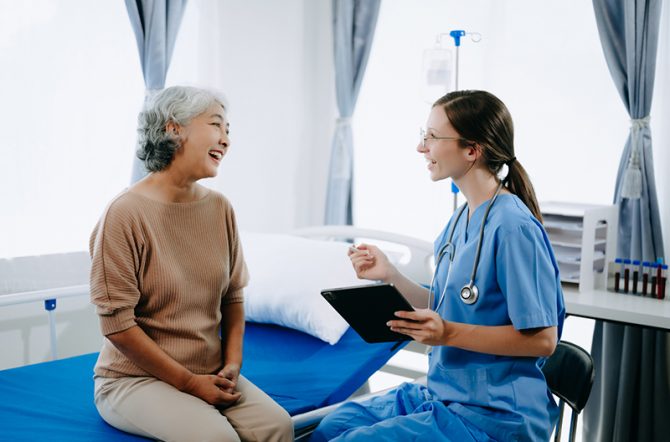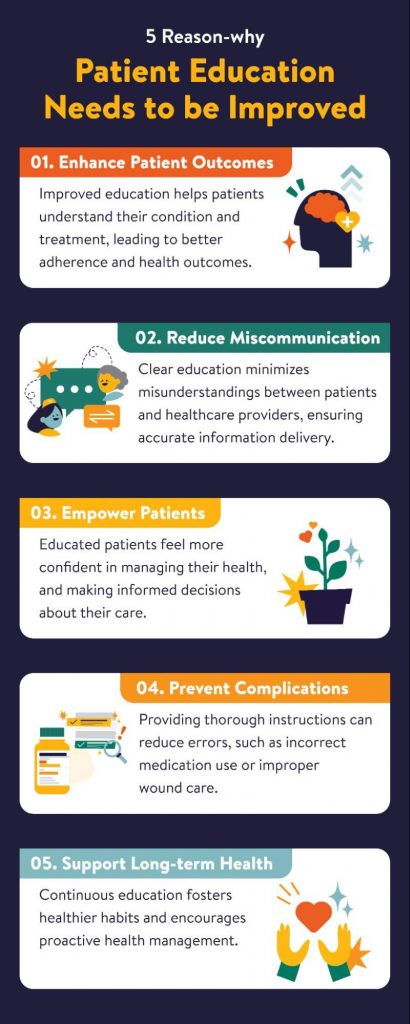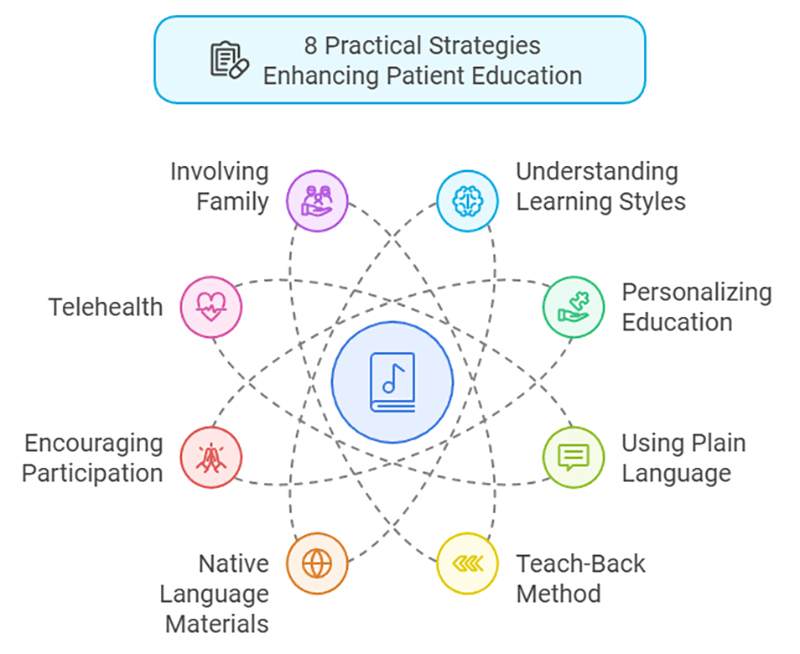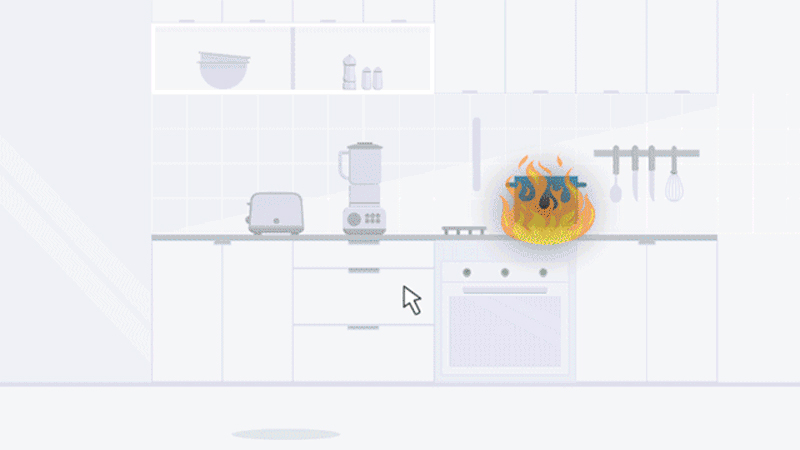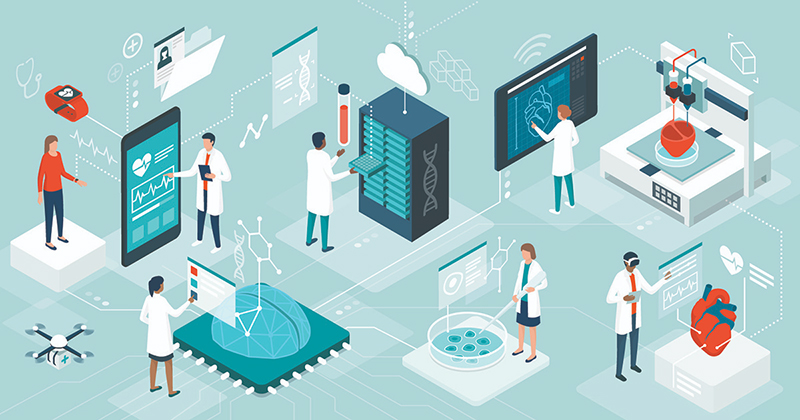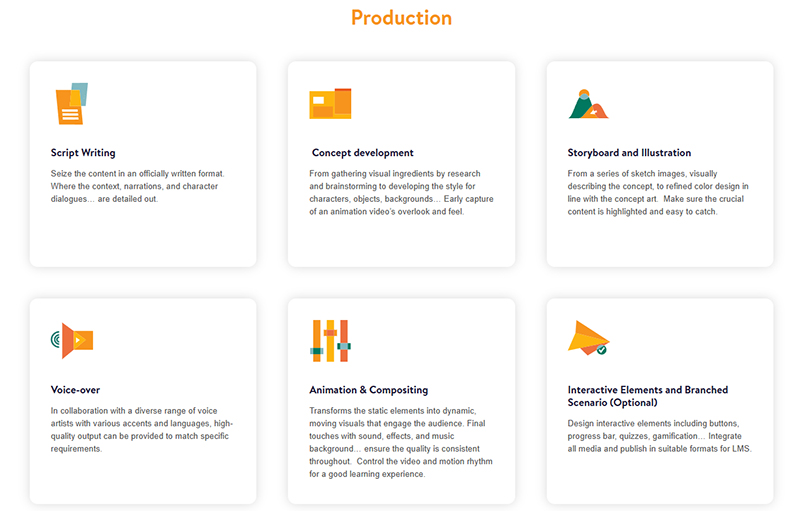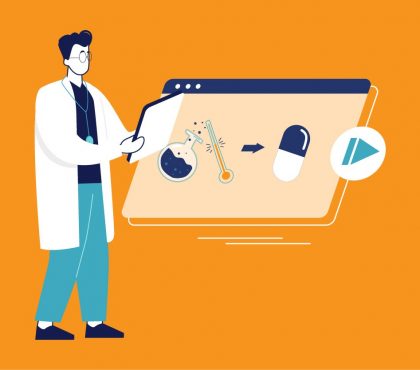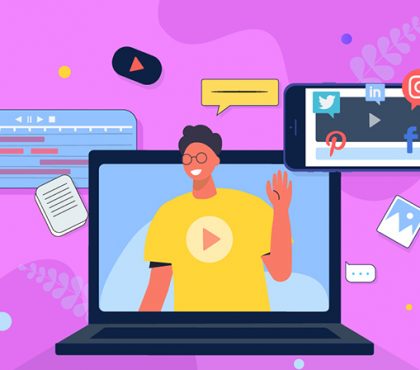How to improve patient education in a way that truly makes a difference? Poor understanding of medical information can leave patients feeling overwhelmed and anxious, leading to avoidable health risks. It’s time to rethink how we communicate – because every step toward better education is a step toward better care. Let’s explore the 8 impactful strategies that empower patients and transform outcomes with us now!
Effective patient education isn’t just about sharing information; it’s about empowering individuals to make informed decisions about their health. Without it, patients face confusion, non-compliance, and heightened risks of complications. For healthcare professionals, neglecting this critical aspect means missed opportunities for better outcomes and trust-building.
5 Reason-why Patient Education Needs to be Improved
Patient care goes beyond treatments and diagnoses – it’s about equipping individuals with the knowledge they need to participate in their health journey actively. Here’s why improving patient education is more critical than ever.
8 Practical Strategies on How to Improve Patient Education
Now, if you want a comprehensive understanding of improving patient education effectively, these 8 strategies will guide you step by step. Read on for detailed insights into each method and how they can transform your practice and boost patient satisfaction.
1. Understanding Patient’s Learning Styles
Description: Patients absorb information differently – some prefer visual aids, while others rely on listening, reading, or hands-on learning. Adapting education methods to their preferred learning style enhances comprehension. This approach is supported by research from Wolters Kluwer, a global leader in providing reliable and comprehensive insights in fields such as healthcare, legal compliance, and risk management.
Why it Works: Tailoring education to learning styles increases retention and ensures patients fully grasp the material, leading to better health outcomes.
How to Do:
- Identify if the patient is a visual, auditory, read/write, or kinesthetic learner.
- Use videos and diagrams for visual learners, conversations and audio tools for auditory learners, printed materials for read/write learners, and demonstrations for kinesthetic learners.
Patients who prefer visual and auditory aids can benefit greatly from F.Learning Studio’s animation services. Animated videos integrate engaging visuals and clear audio explanations, making complex medical concepts easier to understand while effectively catering to diverse learning styles.
2. Using Plain Language
Description: Simplifying medical jargon into everyday language makes complex information accessible and easier to understand. This approach aligns with recommendations from NursingEducation.org, which emphasizes the importance of using clear, simple language in patient education to improve health outcomes.
Why it Works: Plain language transforms complex medical information into clear and digestible content, reducing misunderstandings and cognitive overload. This simplification ensures patients fully comprehend their health conditions and treatment options, paving the way for better engagement and adherence to medical advice.
How to Do:
- Replace technical terms with simple words (e.g., “high blood pressure” instead of “hypertension”).
- Use analogies or examples to explain complex concepts.
- Check if patients understand by asking for feedback.
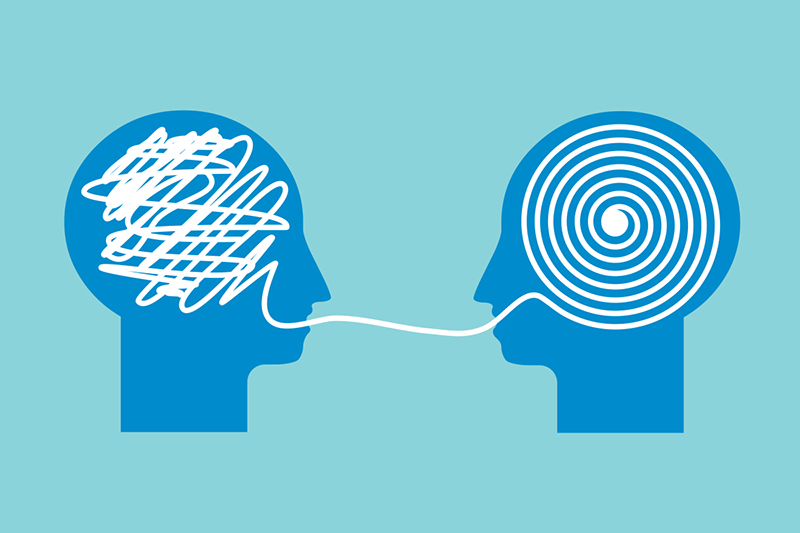
3. Utilizing the Teach-Back Method
Description: This involves asking patients to repeat back the information to confirm their understanding. This method is backed by findings from the National Institutes of Health (NIH), which highlights the teach-back approach as an effective way to enhance health outcomes through patient education and active engagement.
Why it Works: The teach-back method ensures comprehension and helps identify any misunderstandings immediately.
How to Do:
- Explain the information clearly.
- Ask the patient to explain it back in their own words.
- Clarify and re-teach any points they struggle to recall or explain.
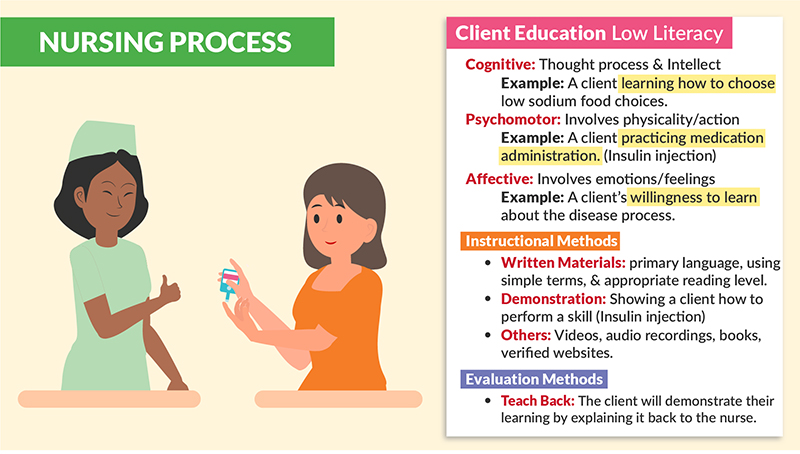
4. Using Native Language Materials
Description: Providing educational materials in the patient’s native language helps overcome language barriers and ensures comprehension. As highlighted by NursingEducation.org, offering patient education in native languages significantly enhances understanding and engagement by addressing language barriers directly.
Why it Works: Communicating in a patient’s native language allows them to grasp information more quickly and thoroughly, as it aligns with their natural thought processes. This not only improves understanding but also makes it easier for patients to retain information over the long term. Additionally, native language materials foster a sense of trust and comfort, encouraging patients to actively engage in their care and follow recommendations more effectively.
How to Do:
- Source or create translations of patient education materials.
- Use professional translators or interpreters during discussions.
- Verify that translations are accurate and culturally appropriate.

5. Personalizing Education to Patient Needs
Description: Customizing patient education ensures that information is relevant, addressing specific conditions, lifestyles, and preferences. This approach is supported by findings from the National Institutes of Health (NIH), which discusses the importance of personalized patient education in enhancing health literacy and improving health outcomes through effective communication and tailored educational strategies.
Why it Works: Personalized education makes the content more relatable and actionable, leading to greater engagement and adherence.
How to Do:
- Assess the patient’s medical history, lifestyle, and cultural background.
- Provide tailored examples or scenarios relevant to their daily life.
- Adjust the format and pace of information delivery to their comfort level.
6. Encouraging Questions and Active Participation
Description: Creating an open environment where patients feel comfortable asking questions encourages active engagement.
Why it Works: Encouraging questions and active participation helps patients clarify any confusion, reducing the risk of miscommunication that could lead to medication errors, incorrect treatments, or non-compliance with care instructions. By providing an environment where patients feel comfortable asking questions, healthcare providers ensure that patients fully understand their health conditions and treatment plans, minimizing the chances of complications or adverse outcomes.
How to Do:
- Start by inviting patients to ask questions.
- Use open-ended prompts like “What concerns do you have about this?”
- Actively listen and address their queries thoroughly.

7. Involving Family Members
Description: Including family members in the education process ensures a strong support system for the patient. Research from BMC Medical Education highlights the importance of family engagement in healthcare, noting that involving family members can significantly improve patient satisfaction, reduce stress, and enhance health outcomes through better support and collaboration.
Why it Works: Family members can assist with understanding, remembering, and implementing the patient’s care plan, improving adherence.
How to Do:
- Invite family members to join consultations or education sessions.
- Provide them with simplified materials and instructions.
- Encourage them to ask questions and participate in care planning.
8. Telehealth for Remote Patient Education
Description: Telehealth platforms allow healthcare providers to educate patients remotely through video calls, webinars, or apps. This strategy is supported by insights from the University of Southern California, which highlights telehealth as a crucial tool for improving access to healthcare services, including patient education, particularly for underserved populations
Why it Works: Telehealth expands access to education, especially for patients with mobility challenges or those living in remote areas.
How to Do:
- Set up virtual consultations for patient education.
- Share digital resources like videos or infographics during sessions.
- Use secure platforms to maintain privacy and confidentiality.
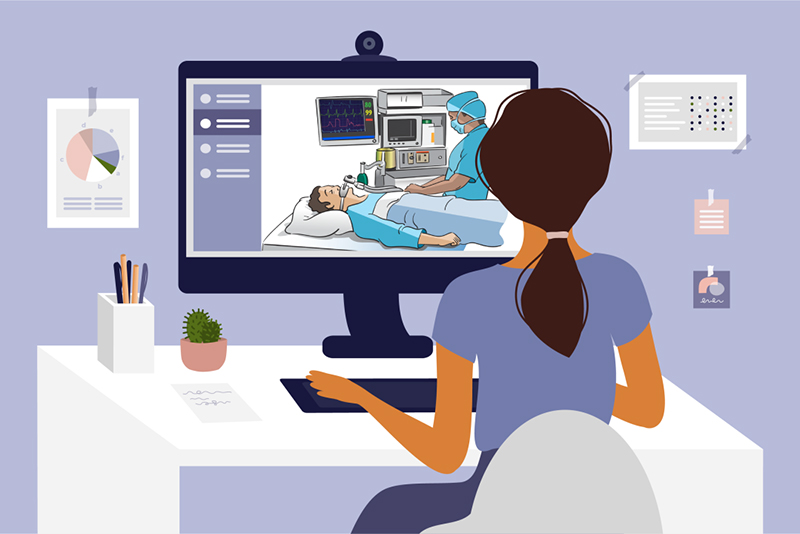
5 Powerful Ways to Enhance Patient Education with Technology in 2024
The healthcare industry is embracing technology to revolutionize patient education. With the right tools, healthcare providers can ensure better patient outcomes, enhance satisfaction, and empower individuals to take control of their health.
1. Videos
Videos are one of the most effective tools for patient education, offering visual and auditory elements that simplify complex medical information. They can break down procedures, explain conditions, and demonstrate treatment options in a way that’s easy to understand. With the ability to rewatch as needed, videos allow patients to learn at their own pace. This enhances retention and supports better health outcomes.
For example, the video below is part of a series of Migraine Explainers for patient education from the Association of Migraine Disorders. This animation educates patients about vestibular migraine, its causes, and the symptoms to watch for.
2. Mobile Applications
Mobile applications provide patients with easy access to their health information, reminders for medications, and educational content at their fingertips. Many apps offer features like symptom trackers, appointment schedules, and interactive tools that help patients stay engaged with their health journey. This mobile technology empowers patients to take control of their care, improving both education and compliance.
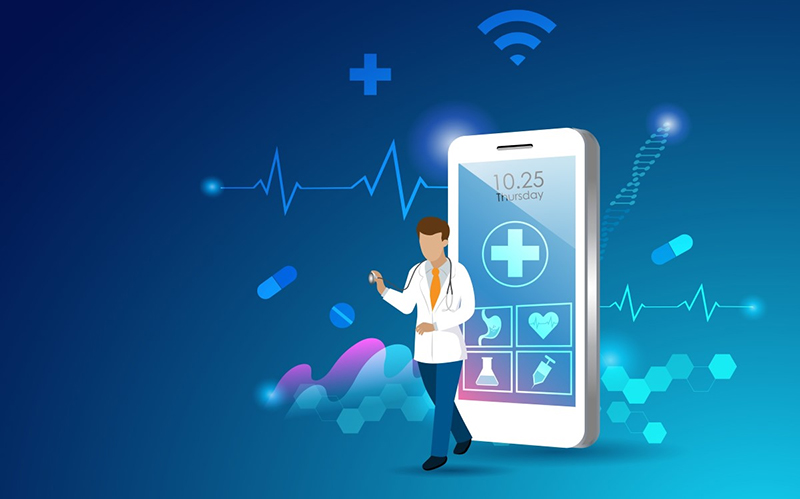
3. Interactive Web-Platforms
Interactive web platforms enable patients to access dynamic educational content such as quizzes, videos, and real-time Q&A sessions with healthcare professionals. These platforms can be tailored to a patient’s specific needs, offering a more personalized and engaging learning experience. Interactive features also help reinforce learning by encouraging active participation and providing instant feedback.
4. Gamification
Gamification incorporates game-like elements such as points, badges, and leaderboards into the patient education process. This makes learning fun, motivating patients to engage with their educational content regularly. By introducing challenges and rewards, gamification increases patient involvement and retention of important health information, which ultimately leads to better health behaviors and adherence to treatment plans.
5. Artificial Intelligence
Artificial Intelligence (AI) transforms patient education by offering personalized learning experiences. AI can analyze patient data to provide tailored educational materials, answer questions in real-time, and even simulate medical scenarios for training.
Healthcare providers can ensure that each patient receives relevant information and support, improving the overall quality of patient education and care in the healthcare industry.
Pro Tip: Evaluating Patient Education Effectiveness: To improve your patient education, use surveys, questionnaires, and patient interviews to gather feedback. This helps refine your approach, ensuring that the content is clear, engaging, and impactful for better patient outcomes.
Hiring F.Learning Studio for Transforming Patient Education to the Next Level
Over 8 Years of Experience, We Visualize Medical Concepts in a Patient-friendly Way
With over 8 years of experience working with clients in the healthcare industry, F. Learning Studio has developed a comprehensive understanding of the unique needs of both patients and healthcare professionals. Our team has successfully worked on a range of projects, including creating specialized educational content for nurses preparing for certification exams.
This experience has helped us cover everything a healthcare professional should know, visualized in a way that’s both clear and engaging for patients. From complex medical concepts or procedures to daily health tips, we transform dense medical information into easily digestible visuals, ensuring that patients fully grasp important health concepts.
Want to bridge the gap and enhance Patient Education?
Let our expert team provide you
with effective, visually-driven solutions!
Case Study: We Help iCareBetter Revolutionize Patient Education with Whiteboard Animation
When iCareBetter aimed to bridge the gap between doctors and patients, they turned to whiteboard animation as an innovative educational tool. Faced with the challenge of explaining complex medical concepts in a way patients could easily grasp, F.Learning Studio stepped in to create a series of engaging, easy-to-understand videos for their medical app.
We transformed dense medical jargon into clear scripts, illustrated anatomy in a friendly style, and animated with patient comprehension in mind. Patients gained confidence in understanding their conditions, and doctors saved time with consistent, quality videos – proving tailored whiteboard animation can revolutionize patient education.
A highlight was a two-minute guide on heart failure, covering causes, symptoms, and treatments
We Offer Tailored Solutions at Rock-bottom Prices
We understand that every healthcare provider has unique needs, which is why we offer custom-tailored solutions designed to meet your specific patient education goals. Our team works closely with you to create engaging, high-quality educational content that resonates with your patients – whether through videos, animations, or interactive modules.
And the best part? We offer these solutions at rock-bottom prices, ensuring that effective patient education is affordable for everyone, without compromising on quality. Let us help you transform patient learning while staying within your budget.
Still not sure which is the best option for your current budget?
We Optimize the Production Process and Minimize the Back-and-Forth Feedback
At F.Learning Studio, we value your time and prioritize efficiency in every project. Our streamlined production process is designed to reduce unnecessary back-and-forth by maintaining clear communication and incorporating your feedback at key stages.
With a well-defined workflow and an experienced team, we ensure that your project stays on track and meets your expectations the first time. This not only saves time but also accelerates the delivery of high-quality patient education materials, helping you focus on what matters most – improving patient outcomes.
Final Thoughts
Enhancing patient education is key when exploring how to improve patient education for better healthcare outcomes. From adapting to different learning styles to incorporating personalized and technology-driven approaches, there are numerous ways to make patient education more effective and engaging. These strategies not only improve understanding but also foster trust and satisfaction among patients.
F.Learning Studio is here to help you bring these ideas to life. With our expertise in creating tailored, visually captivating educational materials, we make complex healthcare concepts accessible and patient-friendly. Let us support your mission to empower patients with the knowledge they need to take charge of their health. Contact us today to get started!
- Email: [email protected]
- Fanpage: https://www.facebook.com/f.learningstudio
- Website: https://flearningstudio.com/
- LinkedIn: https://www.linkedin.com/company/f-learning-studio/

Sean Bui, the founder and creative director of F.Learning Studio, is a respected leader in the e-learning and multimedia production industry. With over 10 years of experience, he has dedicated his career to helping organizations create engaging and impactful learning experiences.
Under his leadership, F.Learning Studio has grown into a trusted partner for organizations in the education, healthcare, and corporate training sectors, producing over 2,000 minutes of educational animation.

